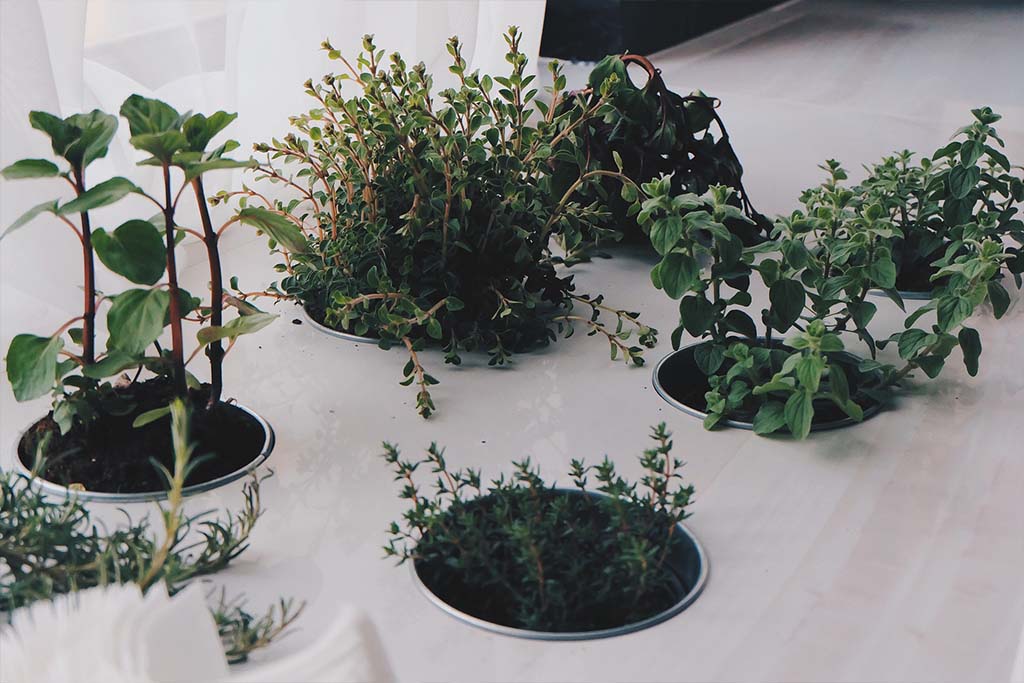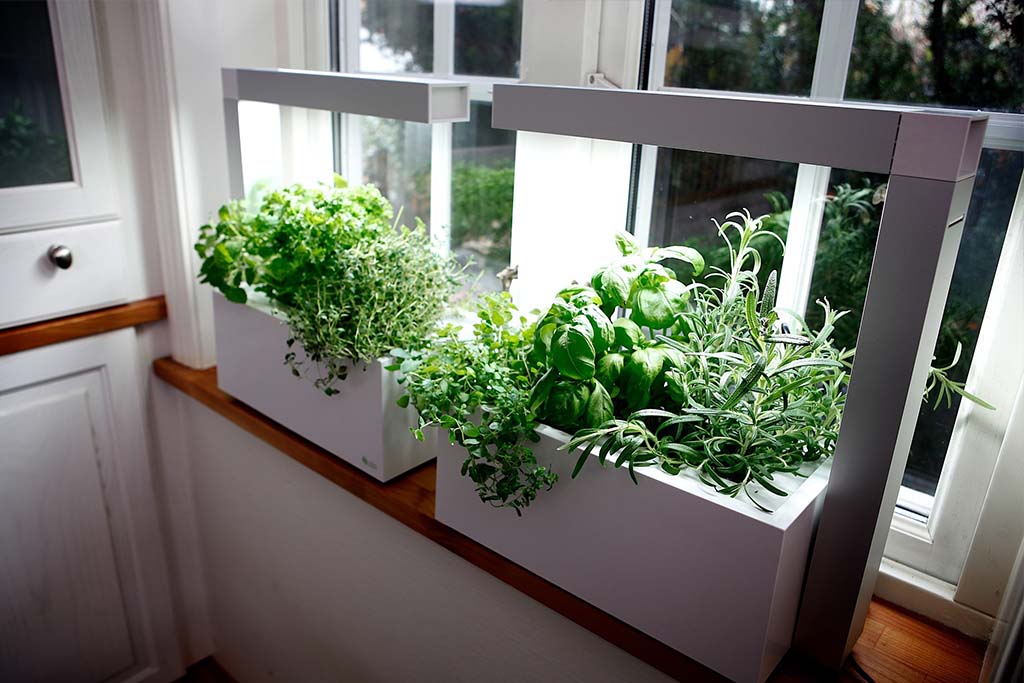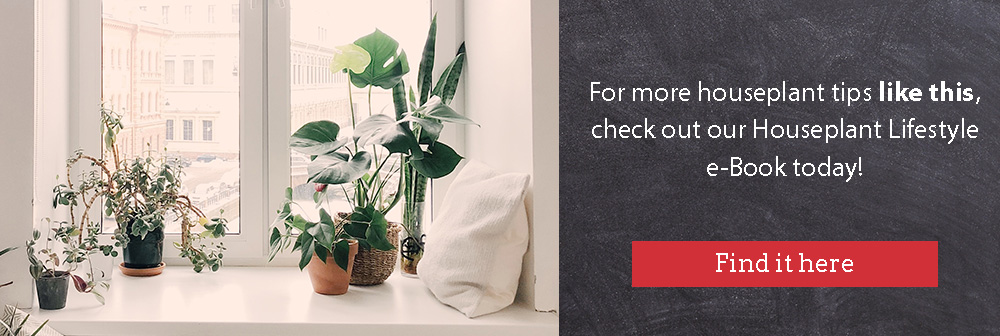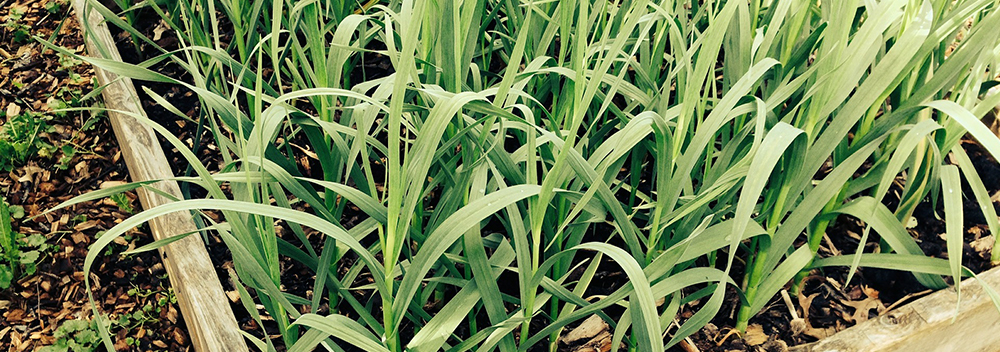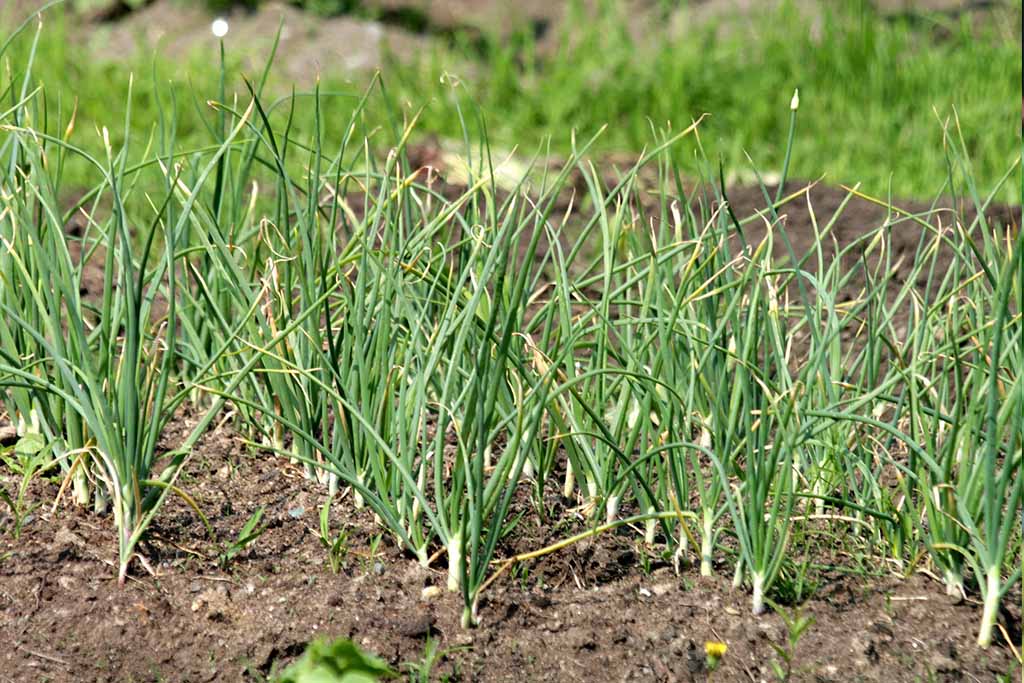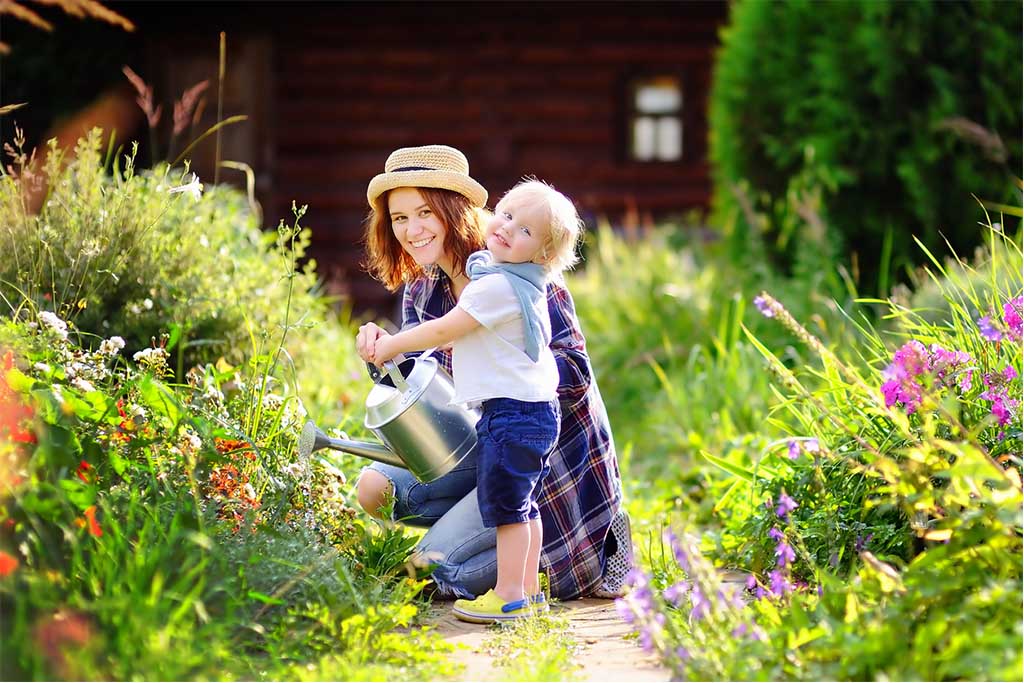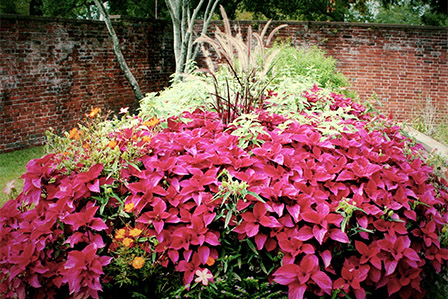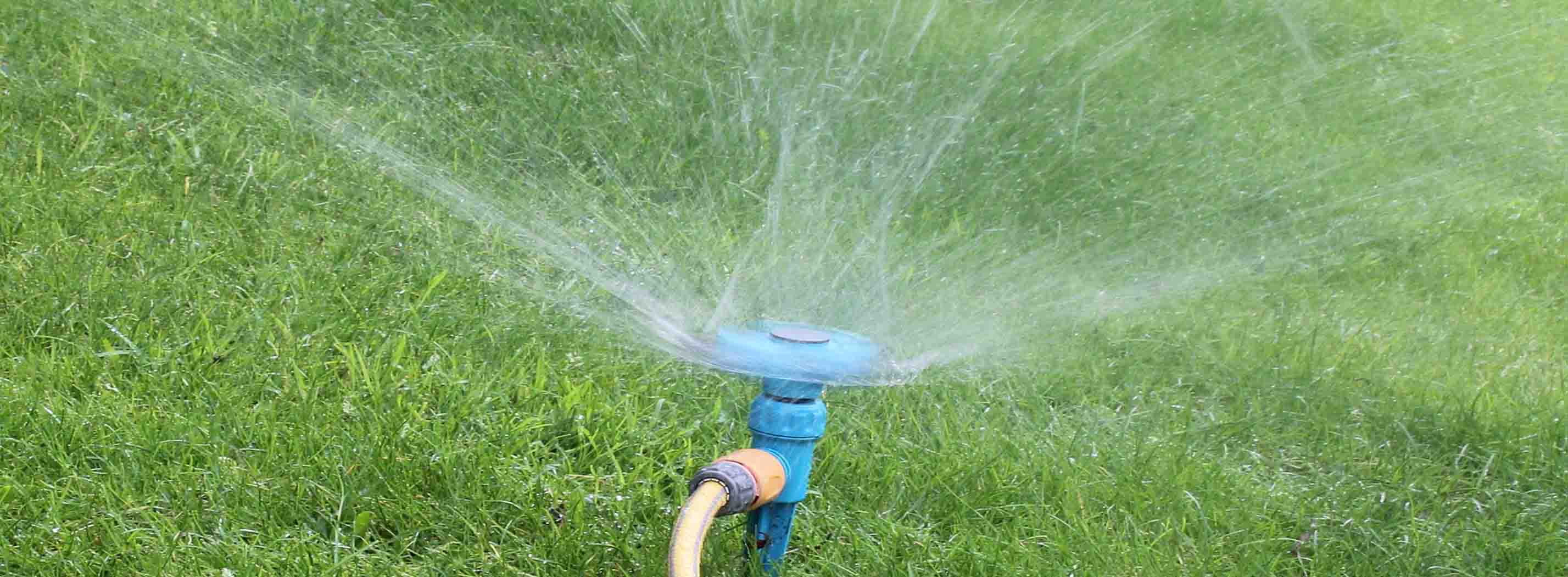The Basics of Soils and Soil Amendments
The Basics of Soils and Soil Amendments
As much as we all need soil, not many of us can say it’s our favourite part of our gardens. To a beginner gardener, soil may seem like a necessary mess that doesn’t seem too exciting at all. With experience, however, we can start to appreciate soil as a living organism that performs a lot of different functions to keep our plants healthy. Furthermore, like any living thing, our soil also needs to be nourished to stay productive.
What Exactly is Soil?
Soil is made from water, organic matter, gas, minerals, and network of living organisms. All soils are complete ecosystems, just like the forest or the sea, and are home to thousands of bacteria that play important roles in helping plant roots absorb nutrients.
When we talk about soil in a gardening context, we often focus on a soils tendency to drain or retain water and its content of
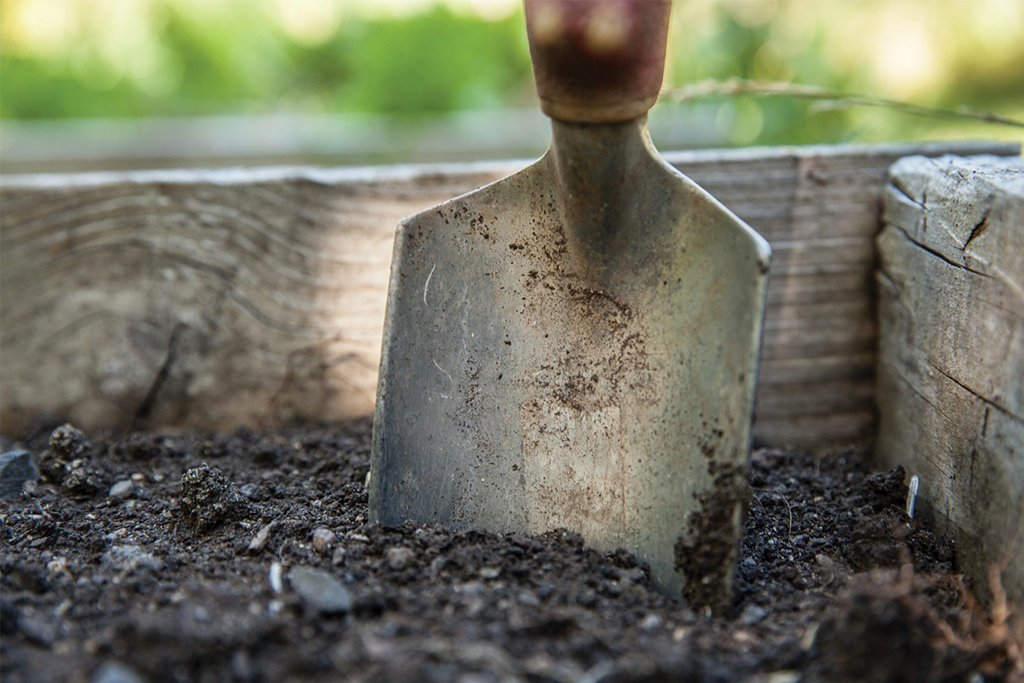
organic matter. When we’re just buying bags of soil, we often have the luxury of bags and labels that help us match the soil to the needs of our plants. When it comes to the soil we already have, however, it can get a bit more complicated. It’s up to us to determine the soil types on our property and to “diagnose” issues that may be holding back the performance of our gardens.
Soil Types
Soil types fit into six main categories, each with their pros and cons. They are:
- Sandy – Composed of coarse mineral particles, sandy soil tends to allow water to pass through quickly.
- Chalky – Chalky soil has a hard time holding onto both water and nutrients, and often contains a lot of rocks.
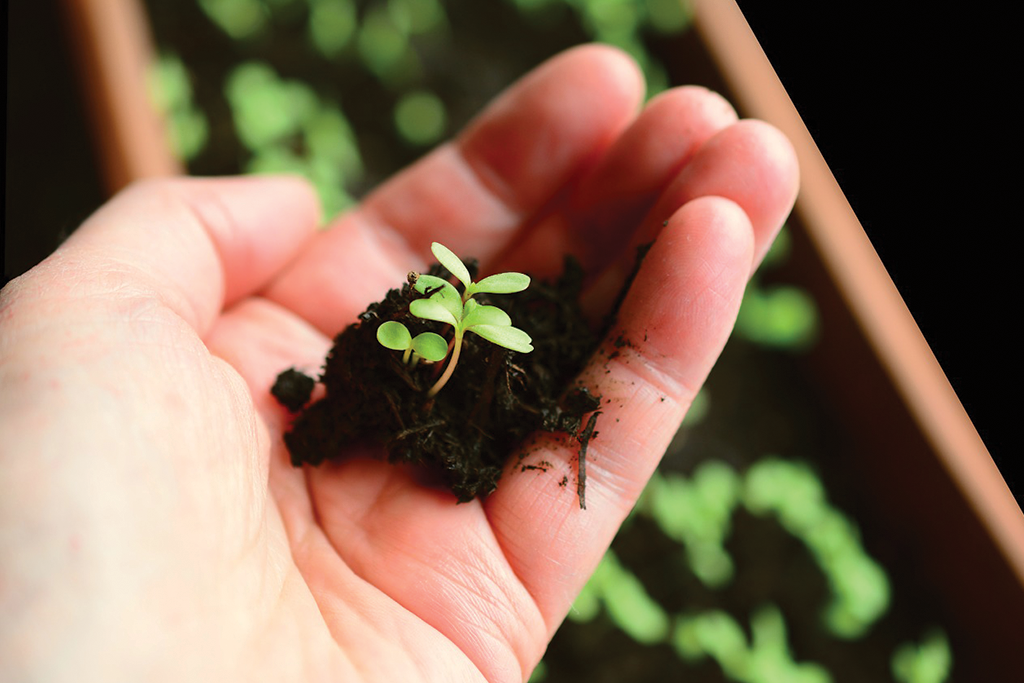
- Clay – Clay soil contains fine mineral particles, which hold onto moisture so well, it tends to pack down and impede airflow.
- Silty – Silty soil has a similar texture to clay soil but contains more soil nutrients due to a higher concentration of organic matter.
- Peaty – Peaty soil is high in organic matter but tends to be very acidic.
- Loamy – The “gold standard” of soils, loamy soils have the best qualities of each type: nice drainage and airflow, high concentration of soil nutrients, and just-right water retention.
What Are Soil Amendments?
While just about every soil type is favoured by at least some plants, the soil we have isn’t always hospitable to the plants we want. Soil amendments are additives that allow us to “treat” soil problems by adjusting the overall composition of the soil. From drainage issues to an undesirable pH, soil amendments can help us adjust our soils to create a better environment for our plants over time.
Uses of Common Soil Amendments
Once you have your soil “diagnosis”, you can remedy issues with the many amendments we carry in-store. The most common ones are:
Compost/Manure – Organic matter is important to add soil nutrients and improve the structure of clay, sandy, and chalky soils.
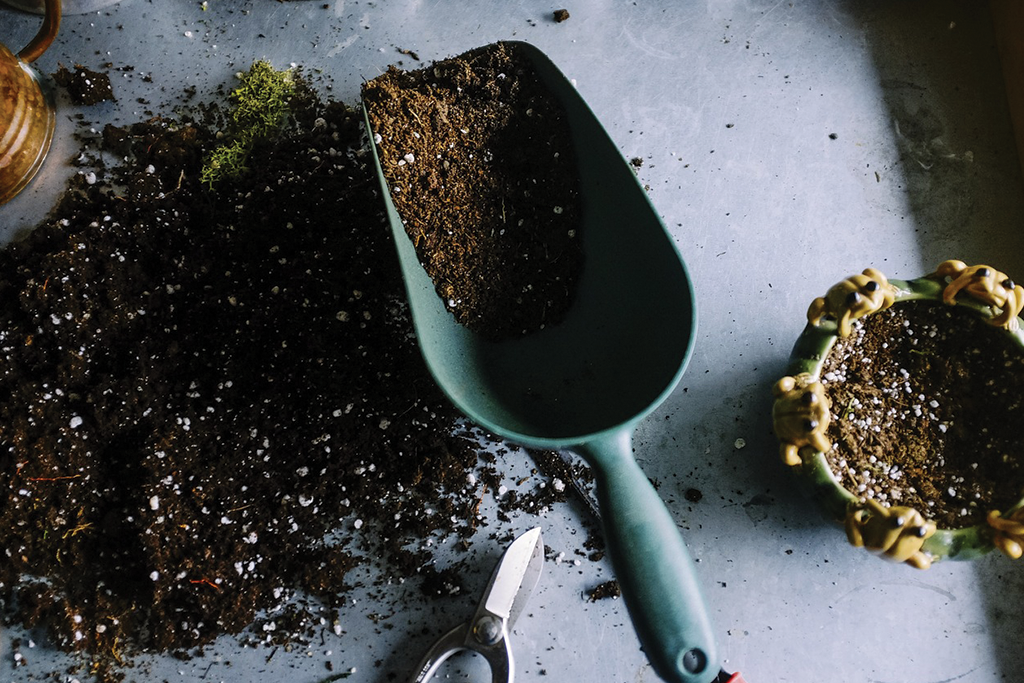
Water retention aids – Shredded bark mulch, peat moss, and vermiculite are highly absorbent and prevent sandy and chalky soils from drying out too quickly.
Gypsum – Like organic matter, gypsum adds nutrients and structure to the soil but breaks down at a slower rate to improve soil quality over the long-term.
There are many other soil amendments available for more challenging soils. If you’ve been struggling with keeping your plants going, talk to us during your next visit to our garden centre and we’d be happy to offer advice. With a proper plan of action, just about any soil can be transformed into a healthy home for your prized plants!










